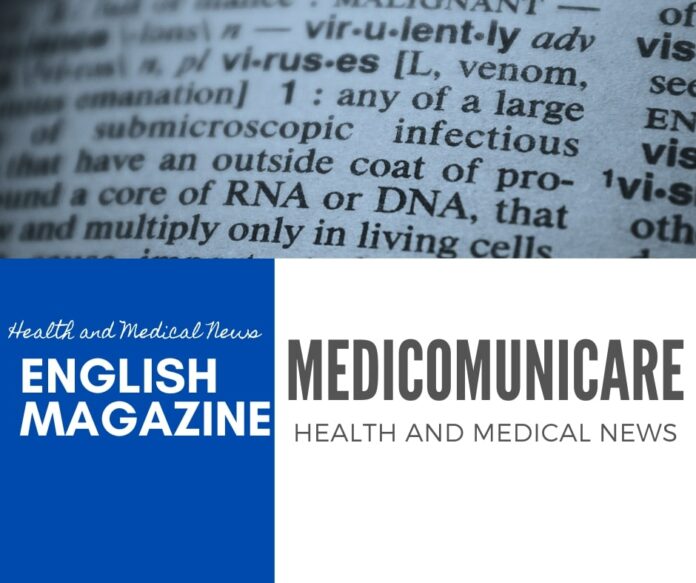Glioblastoma, the most malignant form of brain cancer, is notoriously difficult to treat, largely due to the cancer cell’s ability to divide uncontrollably and the protective blood-brain barrier that limits the effectiveness of therapies. Current standard treatments—surgery followed by chemotherapy and radiation therapy—have remained unchanged for two decades. A key issue is the ability of glioma stem cells to regenerate tumors after treatment and resist conventional therapies, making them a major cause of treatment failure. Recent findings suggest that radiation not only kills some glioblastoma cells but also temporarily makes glioma stem cells more flexible or adaptable, offering the opportunity to alter their identity.
UCLA scientists have identified a potential new strategy for treating glioblastoma by reprogramming aggressive cancer cells into harmless ones. The results, published in the journal PNAS USA last February, demonstrate that combining radiation therapy with a plant-derived compound called forskolin can force glioblastoma cells into a dormant state, rendering them unable to divide or spread. When tested in mice, adding forskolin to radiation prolonged survival, offering a potential new avenue for fighting glioblastoma, which has limited treatment options and a median survival time of only 15–18 months after diagnosis.
Unlike traditional therapies that force tumor cells to mature, radiation is used to create a temporary, flexible state, making glioma cells easier to direct into specialized, less harmful types. Adding forskolin at the right time prompts these cells to become more neuronal or microglia-like, reducing their potential to regrow into tumors. To test whether forskolin could reprogram these cells, the team of scientists examined the effects of the combined treatment on cell behavior, including the expression of neuronal markers, cell cycle distribution and proliferation. From in vitro, the approach was then tested in mouse models to assess its ability to improve survival.
The researchers found that forskolin was able to cross the blood-brain barrier, significantly reducing glioma stem cells and slowing tumor proliferation. This approach also significantly slowed tumor growth in mice and, in some cases, led to long-term tumor control. In the highly aggressive model, the combination therapy extended median survival from 34 to 48 days. Similarly, in the less aggressive glioma mouse model, median survival increased to 129 days with the combination treatment, compared to 43 days in mice treated with radiation therapy alone. Importantly, the team noted that the sublethal radiation doses used have minimal effects on their own.
Researchers were also surprised to discover that glioma cells can transform into cells similar to microglia, a type of immune cell in the brain. Normally, these two cell types originate from completely different origins during development. Microglia come from the mesoderm, a layer that forms things like blood and immune cells, while glioma cells are thought to originate from the ectoderm, a layer that forms brain and nerve cells. However, in the unique environment of a tumor, these cancer cells can adapt and “switch identities” between different cell types. This effect may be a direct effect of forskolin. This natural substance is a direct activator of the membrane-bound enzyme adenylate cyclase.
This enzyme, of which several isoforms exist, can be activated by forskolin, which increases the production of the second messenger cyclic AMP (cAMP), an activator of cAMP-dependent protein kinase (PKA). An increase in intracellular AMP in tumor cells induces proliferation arrest by inducing gene expression that counteracts the expression of regulators such as cyclin B1, cyclin D2, Cdk2, and other related genes. Furthermore, PKA is an antagonist of the mitogenic kinase (ERK) cascade, which serves to induce cell replication induced by growth factors. Forskolin and cAMP derivatives have long been known to induce glioma differentiation in vitro; their use in the laboratory to induce glioma terminal differentiation in vivo has been previously reported as well.
Caution, however, is warranted when considering that since 2005, cAMP biology has been integrated with new target proteins, such as EPAC factors, which bind cAMP but lead to the activation of the MAP kinase ERK, resulting in proliferation. This is why there are differences in cellular responses (both normal and especially tumor cells) when cells are exposed to co mpounds that alter the cAMP pathway in different ways (direct activation of PKA, phosphodiesterase inhibitors, or forskolin itself, which activates upstream adenylate cyclases). Future research should explore the long-term durability of tumor response and consider whether alternative radiation dosing strategies with or without forskolin could offer comparable or superior benefits while minimizing potential risks.
This could help identify an effective balance between treatment efficacy and safety, ensuring that the benefits of forskolin treatment can be maintained without long-term adverse effects.
- Edited by Dr. Gianfrancesco Cormaci, PhD, specialist in Clinical Biochemistry.
Scientific references
He L, Azizad D et al. PNAS USA 2025; 122(9): e2415557122.
Chen X, Liao R et al. Oncotarget 2017; 8:17301–17312.
Moon EY, Lee GH et al. Life Sci. 2012; 90(9-10):373-80.
Chen TC, Hinton DR et al. Lab Invest. 1998; 78:165–174.
Sharma SK, Raj AB. J Neurosci Res. 1987; 17:135–141.

